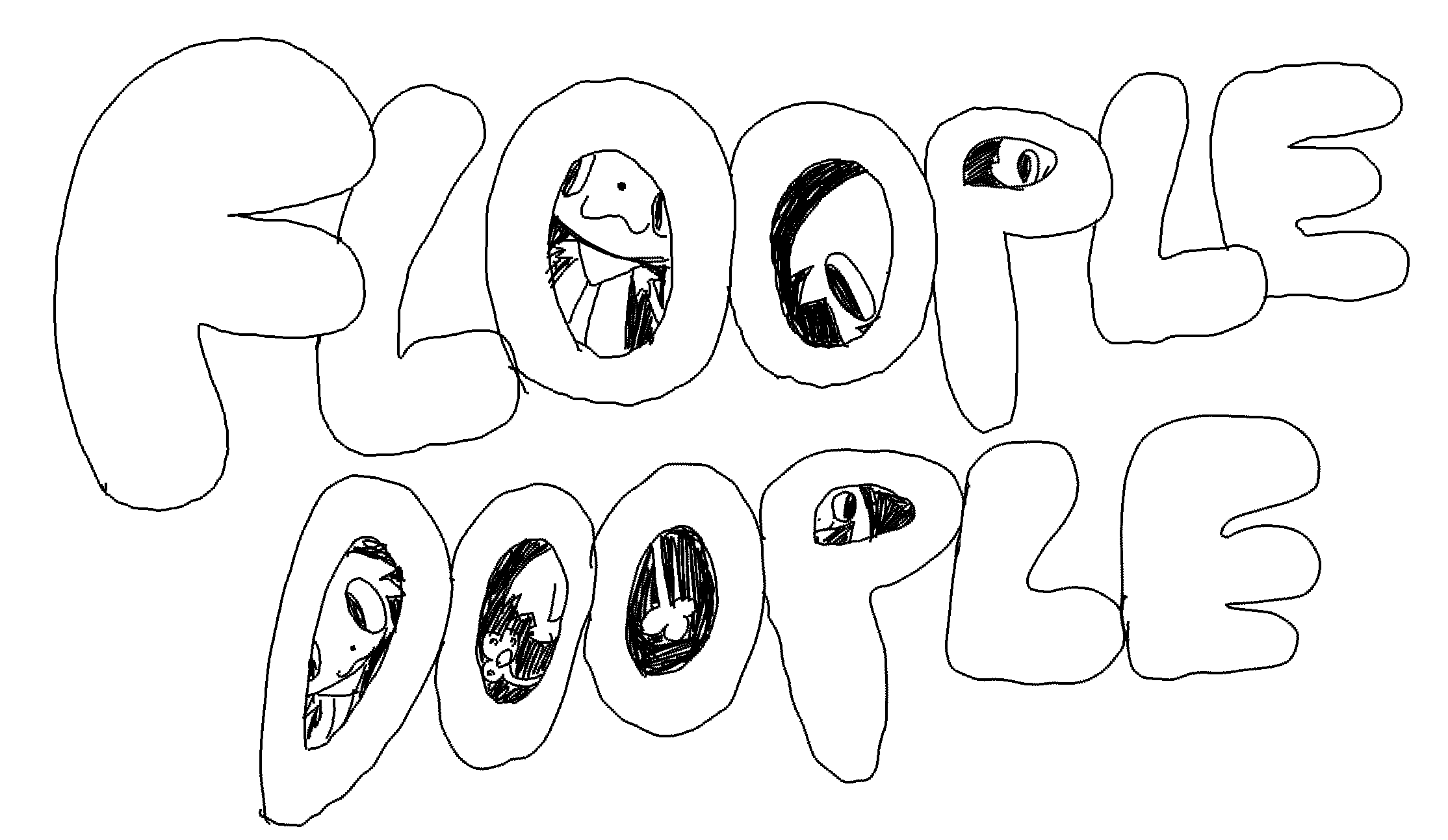
BIOLOGY
------
- Canilines are bipedal descendants of domestic cats and dogs, and therefor retain most dog-like or cat-like biology features.
- All canilines have retractable claws, unless somehow removed.
- Canilines are very biologically unstable, their bones are typically weirdly grown and spiky, and defects are very common.
- Despite that, they are also very hardy. They have to be in order to survive the climate.
- The average body temperature of a caniline is extremely high in order to combat the extreme cold of their world.
------
COMMON DEFECTS
HORN GROWTH
rarity: common
- the rough spikiness of caniline bones is usually not noticable from the outside, but occassionally these spikes will be large enough to break through the skin, creating horns. this most often happens on the skull, since it has a higher volume of spikes than any other bone.

- natural horns will be chunky and bark-like in texture

- most canilines will chisel or remove their horns (although they can't ever entirely remove it), this is painless.
- the reverse of this defect can also happen, the horns grow further inside instead of outside, impaling the brain.
----
THIRD EYE SYNDROME
rarity: rare
- despite the name, this condition includes canilines with more than 3 eyes. the name comes from old human artifacts depicting third eyes prominently, causing caniline historians to believe it was referring to this specific condition.
- Its unknown why extra eyes form on canilines, but theyre always regarded as bad luck. This is because these extra eyes are always way less developed, but still connected to the normal eyes, making infections VERY common. Most canilines with third eye syndrome are nearly (or totally) blind.


